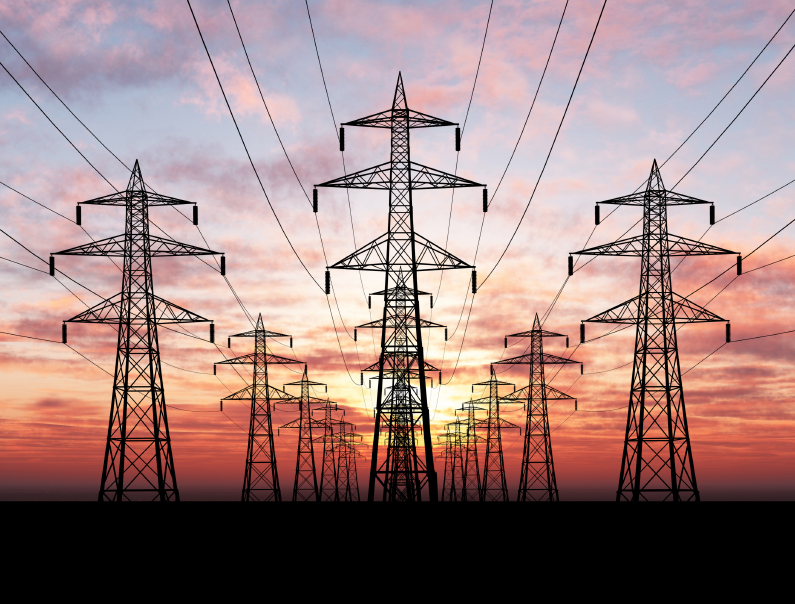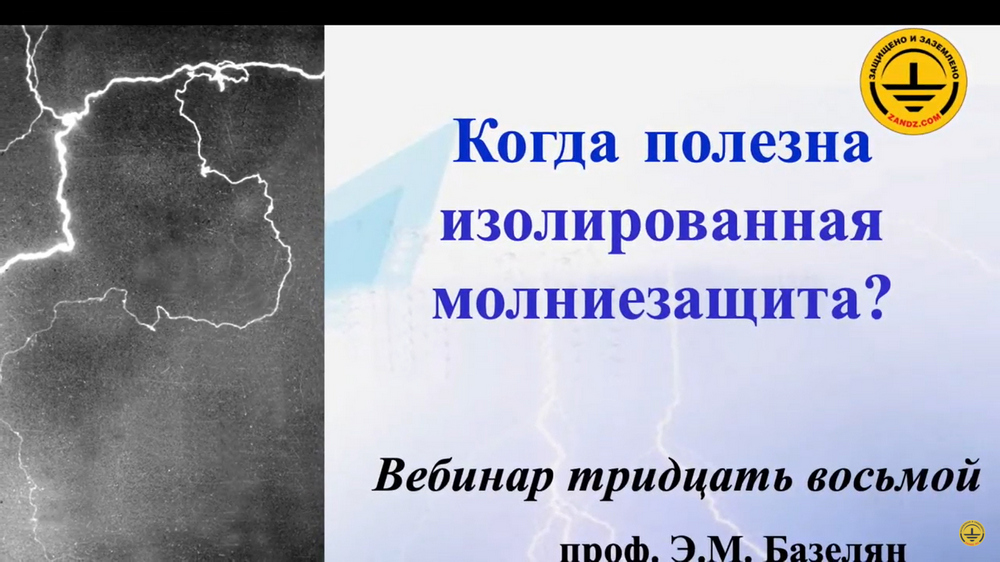
power transmission lines
Overhead power transmission lines stretch thousands of kilometers across the whole country. Located at a height of five meters and more, these facilities are at risk of damage by the lightning strike during thunderstorms, which may shut-off the line as a result of an automatic emergency response system tripping and leave entire settlements without power supply or even cause accidents at electrical substations and power plants. According to statistics, 80% of outages in overhead power lines can be attributed to thunderstorms. Often, this happens in remote areas (in the fields, etc.) so power transmission line restoration works take a lot of time. Therefore it is necessary to take measures to prevent damage during a lightning storm.
How to protect power transmission lines from lightning strikes?
Although it is impossible to avoid the lightning strike into a power line completely, there are ways to reduce the number of overhead power line outages. The main purpose of such measures is to reduce the likelihood of insulation flashover.
One of them is a catenary wire — a cable stretched over the phase conductors grounded at the supports. This method is widely used due to its simplicity and relative cheapness. Catenary wires are used to protect overhead lines having a voltage of 110 kV and more installed on steel and concrete supports. For 6-35 kV overhead lines mounted on wooden and other supports, grounding cables are used as a means of lightning protection in the vicinity of electrical substations. A steel cable with a section of 50-70 mm2 is usually used.
Another method is to ensure a low resistance of the support grounding. This dramatically reduces the likelihood of phase conductor damage and a surge in the insulation when the lightning strikes into the support and the cable. The maximum resistance of grounding devices on the supports at a height of 50 m is specified in PUE:
| Soil resistivity, Ohm/m | Maximum resistance of protection device, Ohm |
| up to 100 | 10 |
| 100-500 | 15 |
| 500 - 1,000 | 20 |
| 1,000-5,000 | 30 |
| over 5,000 | 6· 10-3ρ |
If the support height exceeds 50 m, then the grounding device resistance can be 2 times lower than the values specified in the table. However, it is recommended to reduce the resistance of grounding devices twofold compared to these values in the two-circuit and multi-circuit supports of overhead lines (regardless of the line voltage and the height of supports).
As the grounding resistance in the lightning protection of overhead power transmission lines plays an important role, special attention should be paid to the choice of grounding devices. ZANDZ ZZ-000-015 and ZZ-100-102 grounding kits that allow achieving the desired resistance are widely used as a grounding electrode system. They are easy to install and do not require labor-intensive electrical works.
Do you need advice on the choice or design of grounding and lightning protection?Contact us and we will surely help!
Related Articles:
.png)




